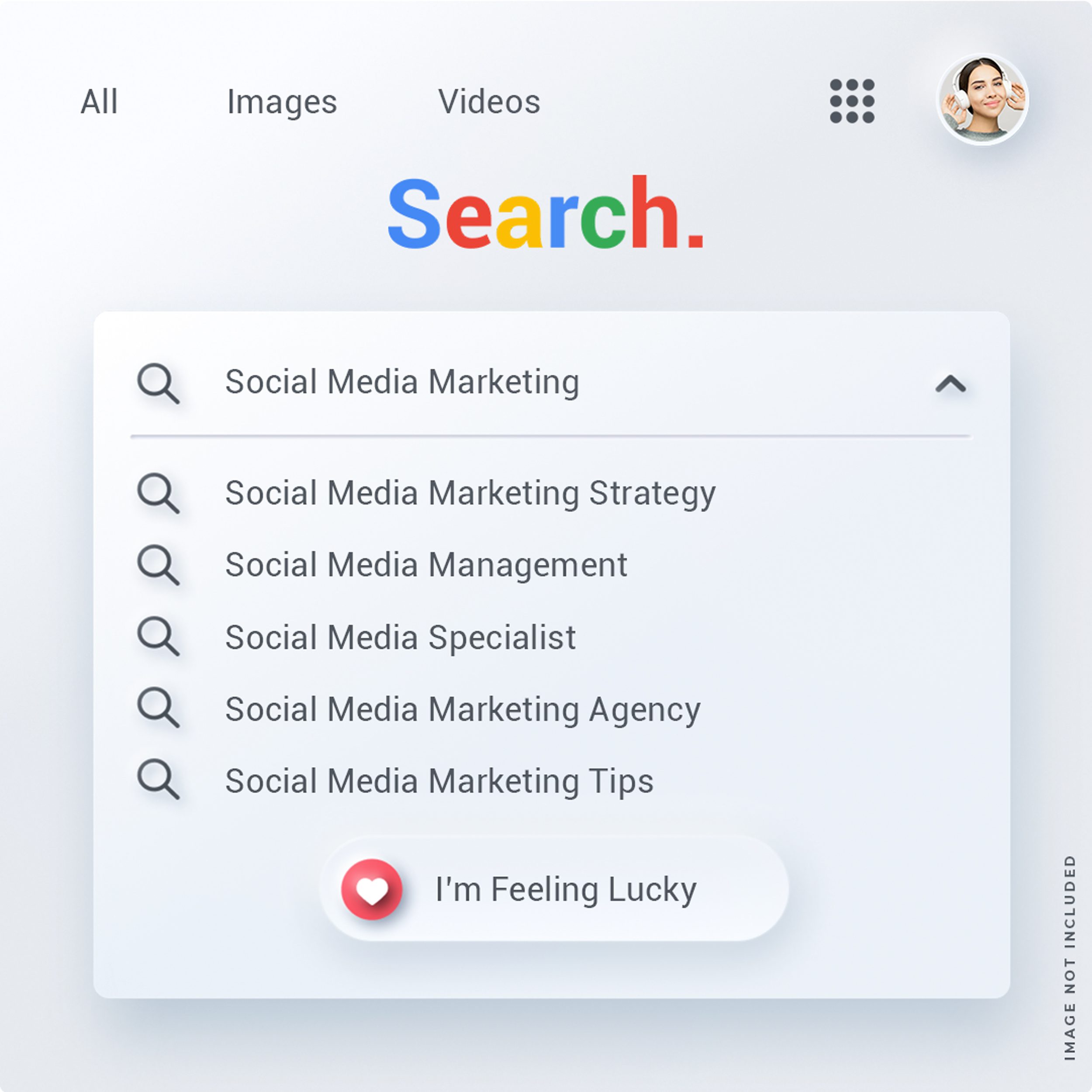Structured Data for Rich Results: How to Make Your Content Stand Out on Google and Beyond
If you’re in digital marketing or you’re a content creator (yep, TikTokers included), you’ve probably heard the term “structured data” thrown around a few times. And if you’re like most people, it probably sounded like some technical SEO stuff best left to developers.
But here’s the truth: structured data isn’t just for the tech team. It’s one of the most effective ways to make your content pop in search results, increase visibility, and even drive more traffic without spending a single cent on ads.
What is Structured Data?
Structured data is a standardized format that helps search engines understand the content on your webpage. Think of it like adding labels or tags to your content, telling Google, “Hey, this is a product,” or “This is a recipe,” or “This is a video tutorial.”
When you add structured data, your content becomes eligible for rich results, which are visually enhanced listings in search—like star ratings, event times, product availability, video thumbnails, and more.
What It Looks Like
If you’ve ever searched for a recipe and saw a listing that shows cooking time, ratings, and a picture—all right there in the search results—that’s a rich result powered by structured data.
Google loves it. And if you want Google to love you back, structured data is a solid first step.
Why Structured Data Matters for Marketers and TikTokers
For Marketers:
- Higher CTR: Rich results stand out more, increasing your chances of clicks.
- Better Insights: Structured content feeds data into analytics platforms more cleanly.
- Voice Search Visibility: Structured data helps you show up in voice search answers.
- Improved Discoverability: You’re more likely to be featured in Google’s Knowledge Graph or a featured snippet.
For TikTokers and Creators:
- Show up in Google’s video carousel with the right schema.
- Highlight event dates, tutorials, or product drops with schema-enhanced listings.
- Boost trust and click-through from your website or bio link page.
Types of Rich Results You Can Aim For
- Product: Prices, stock status, reviews.
- FAQ: Common questions with visible answers in Google.
- Video: Video schema enhances visibility with thumbnails and metadata.
- How-To: Step-by-step guides with visual previews.
- Review Snippets: Star ratings and reviews directly in search results.
- Local Business: Display hours, address, contact info.
- Event: Promote launches, webinars, or concerts.
How to Add Structured Data (Step-by-Step)
- Pick the Right Schema: Use Schema.org to find the type that fits your content.
- Generate the Code: Use tools like Google’s Structured Data Markup Helper or Merkle’s Generator.
- Add It to Your Page: Paste the JSON-LD code into the
<head>section or use a plugin. - Test It: Validate with Google’s Rich Results Test.
- Track It: Monitor performance in Google Search Console under Enhancements.
Example JSON-LD Code:
{
"@context": "https://schema.org",
"@type": "VideoObject",
"name": "How to Make Dalgona Coffee",
"description": "A step-by-step guide to making whipped coffee at home.",
"thumbnailUrl": "https://example.com/thumbnail.jpg",
"uploadDate": "2025-07-10",
"contentUrl": "https://example.com/video.mp4"
}Best Tools for Adding Structured Data
- Google Structured Data Markup Helper
- Schema.org documentation
- Yoast SEO / RankMath (for WordPress)
- Merkle’s Schema Generator
- Google Search Console Enhancements
Common Mistakes to Avoid
- Using the wrong schema type
- Not updating dynamic data (like events or stock info)
- Thinking schema affects rankings directly—it doesn’t
- Skipping the test step (always validate your code)
Real-World Wins
Brand Example: E-commerce
A fashion brand used product schema to show reviews and availability. CTR increased by 34% in a month.
Creator Example: TikTok Tutorial
A TikToker added video schema to her reposted makeup tutorials. She saw 3x traffic from Google Video Search.
Local Business Example
A photographer implemented LocalBusiness schema and landed in the local pack, doubling bookings in 6 weeks.
The Bigger Picture: Structured Data and Your Brand
Structured data helps your content show up across platforms—from Google to AI search engines. It also prepares your site for the future of search—voice, visual, and beyond.
Benefits Beyond Search
- Works with voice assistants (like Alexa and Google Assistant)
- Helps future-proof your content for AI Overviews
- Makes social media previews more clickable
- Builds trust by showing verified info directly in results
Final Thoughts: Start Small, Win Big
If you’re feeling overwhelmed, don’t try to do everything. Start with one page—a product, video, or article—and add schema markup there.
Once you see the result, expanding to the rest of your site becomes an obvious next move.
Structured data is simple, free, and powerful. Whether you’re in a marketing team or building your brand on TikTok, this is one of the best ways to stand out in 2025.
Ready to Get Started?
Run your top page through the Google Rich Results Test now. If you’re not seeing rich results, it’s time to fix that. Your future clicks are waiting.
If you’re looking to implement structured data the right way and actually see results in search, Kwetu Marketing Agency has you covered. Our SEO experts stay ahead of the curve with smart markup strategies, content optimization, and technical SEO that helps your brand stand out. Let’s turn your listings into real clicks. Explore our SEO services to get rich results on Google!









 Stay ahead in the digital world! Don’t just read—put the insights from The KWETU Blog into action today and watch your brand grow.
Stay ahead in the digital world! Don’t just read—put the insights from The KWETU Blog into action today and watch your brand grow. 
